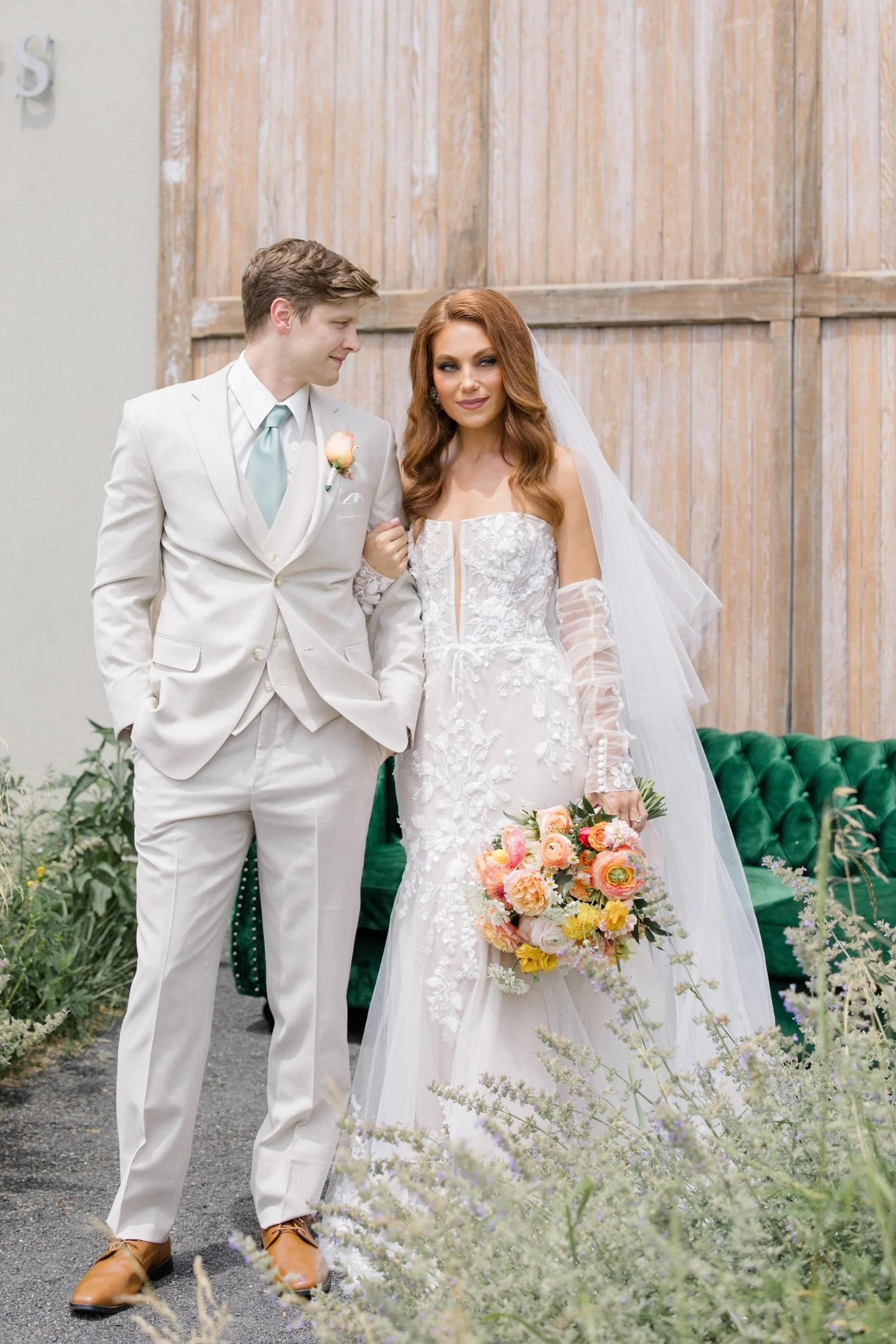The Question of the 2nd Dress
To Double Up or Not to Double Up: Should a Bride Wear Two Wedding Dresses?
When it comes to wedding planning, one of the most exciting decisions a bride makes is choosing her wedding dress. For many brides, the traditional single gown suffices, but a growing trend has emerged in recent years: wearing two wedding dresses. Whether for practical reasons or personal style preferences, this dual-dress trend is becoming increasingly popular. But is it right for you? Let’s weigh the pros and cons of wearing two wedding dresses on your big day.
The Pros of Wearing Two Wedding Dresses
1. Versatility and Comfort: Many brides choose to wear a second dress for the reception to ensure they can dance the night away comfortably. A lighter, more relaxed dress can be a welcome change from a heavier, more elaborate wedding gown. Imagine slipping into something more streamlined and danceable after the formalities are over—sounds like a dream!
2. Fashion Variety: Wearing two dresses allows you to explore different styles. You might opt for a classic ball gown for the ceremony and a sleek, modern number for the reception. This way, you get the best of both worlds and can showcase multiple aspects of your personality and taste.
3. Memorable Photos: Two dresses mean double the photo opportunities! Your photographer can capture you in different looks, creating a more diverse and dynamic wedding album. This is especially appealing if you love fashion and want to highlight your style in various ways throughout the day.
4. Practicality: For some, practicality is a major factor. If you’re getting married in a hot climate, a lighter, breezier dress for the reception can be a lifesaver. Similarly, if your ceremony gown is particularly elaborate or has a long train, a second, simpler dress might be more suitable for mingling and dancing.
The Cons of Wearing Two Wedding Dresses
1. Cost: Wearing two wedding dresses can significantly increase your budget. Beyond the cost of the second gown itself, you’ll need to consider alterations, accessories, and possibly even the logistics of a dress change. For many couples, this extra expense might be a dealbreaker.
2. Logistics and Time: Changing dresses requires time and space. Depending on the schedule of your wedding day, finding a moment to switch outfits can be challenging. You’ll need a plan for where and when this change will happen, and who will help you with it. It’s also worth considering if your venue has the facilities to accommodate this.
3. Potential for Complications: Having two dresses introduces more variables to your wedding day. You might run into issues with the timing of the change, the fit of the second dress, or even just the stress of managing both outfits. It’s important to weigh whether the benefits outweigh these potential challenges.
4. Personal Preference: Ultimately, some brides simply prefer the elegance of a single gown that lasts throughout the day. If you have a strong vision for your wedding day that involves one perfect dress, then sticking with a single gown might be the way to go.
Making the Decision
If you're leaning towards wearing two dresses, start by considering your priorities for your wedding day. Do you want the option to switch up your look and ensure comfort throughout the evening? Or is your heart set on a single, unforgettable gown that will see you through the entire celebration? Remember, there’s no right or wrong answer—only what feels best for you. If you decide to go for two dresses, make sure to plan carefully to ensure a smooth transition and to keep the focus on what matters most: celebrating your love with those closest to you. Ultimately, whether you choose one stunning dress or two fabulous ones, the most important thing is that you feel radiant and confident on your special day. Happy wedding planning!


